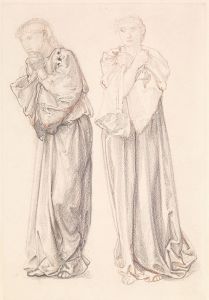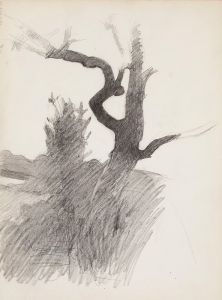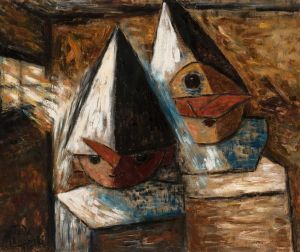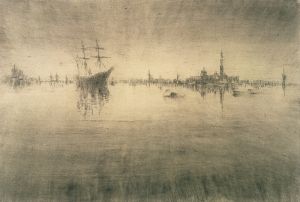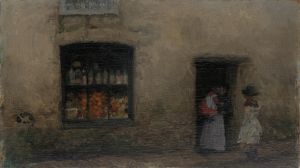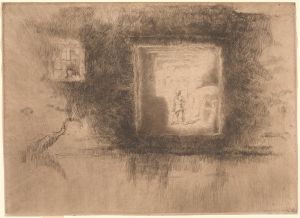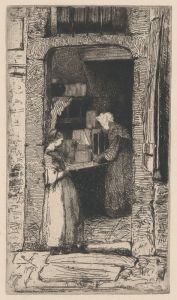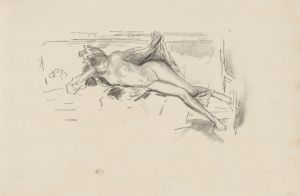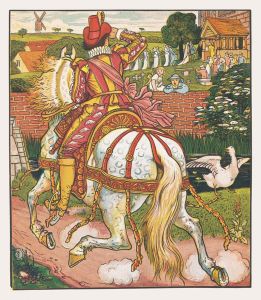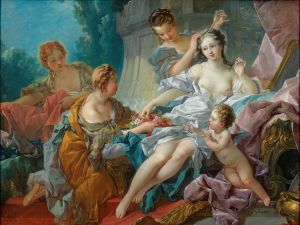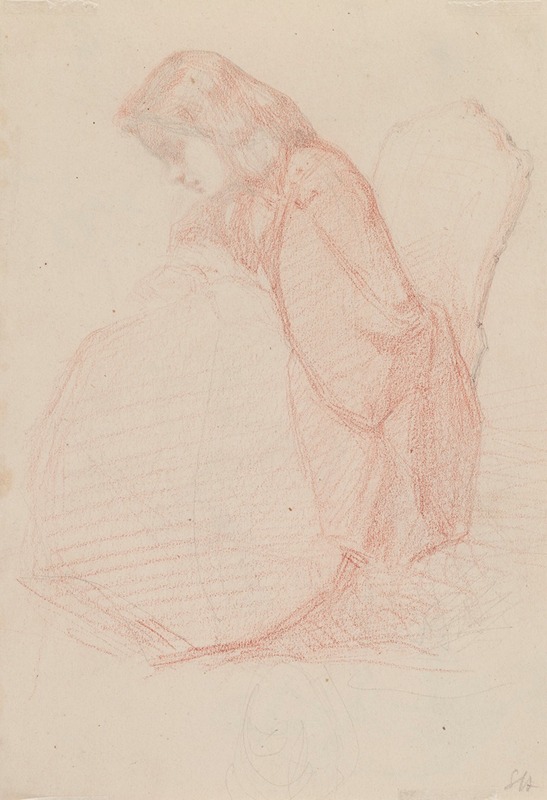
Fumette
A hand-painted replica of James Abbott McNeill Whistler’s masterpiece Fumette, meticulously crafted by professional artists to capture the true essence of the original. Each piece is created with museum-quality canvas and rare mineral pigments, carefully painted by experienced artists with delicate brushstrokes and rich, layered colors to perfectly recreate the texture of the original artwork. Unlike machine-printed reproductions, this hand-painted version brings the painting to life, infused with the artist’s emotions and skill in every stroke. Whether for personal collection or home decoration, it instantly elevates the artistic atmosphere of any space.
James Abbott McNeill Whistler was an American artist known for his significant contributions to the art world during the 19th century. Among his many works, "Fumette" is one of his lesser-known pieces, yet it reflects Whistler's distinctive style and artistic philosophy.
"Fumette" is a portrait that Whistler painted during his early years in Paris. The painting depicts a woman named Fumette, who was one of Whistler's models and, reportedly, his romantic partner for a period. The exact date of the painting is not well-documented, but it is believed to have been created in the early 1860s, a time when Whistler was deeply immersed in the bohemian lifestyle of Paris and was influenced by the avant-garde art movements of the time.
The portrait of Fumette showcases Whistler's early experimentation with color and form, which would later become hallmarks of his mature style. In this work, Whistler employs a subtle palette and loose brushwork, emphasizing mood and atmosphere over detailed representation. This approach aligns with the principles of the Aesthetic Movement, which Whistler would later become a prominent advocate for, emphasizing "art for art's sake."
Whistler's relationship with Fumette was reportedly tumultuous, and their interactions are said to have influenced the emotional tone of the painting. The portrait captures a sense of intimacy and immediacy, reflecting Whistler's ability to convey complex emotions through his art. The sitter's expression and posture suggest a moment of introspection, inviting viewers to ponder the narrative behind the image.
While "Fumette" may not be as widely recognized as some of Whistler's other works, such as "Arrangement in Grey and Black No.1" (commonly known as "Whistler's Mother"), it is an important piece in understanding the development of his artistic style. The painting exemplifies Whistler's transition from the more traditional techniques he learned during his formal training to the innovative approaches that would define his later work.
Whistler's time in Paris was crucial in shaping his artistic identity. He was influenced by the works of Gustave Courbet and the Realist movement, as well as by Japanese art, which was becoming increasingly popular in Europe at the time. These influences are evident in "Fumette," where Whistler's use of composition and space reflects a departure from conventional Western art norms.
Today, "Fumette" is appreciated by art historians and enthusiasts for its contribution to Whistler's oeuvre and its reflection of the cultural and artistic milieu of 19th-century Paris. The painting is a testament to Whistler's skill in capturing the essence of his subjects and his commitment to exploring new artistic frontiers.
In summary, "Fumette" by James Abbott McNeill Whistler is a portrait that embodies the artist's early exploration of style and technique. It offers insight into his personal life and the broader artistic movements of his time, making it a valuable piece for understanding the evolution of Whistler's career and the art world of the 19th century.






